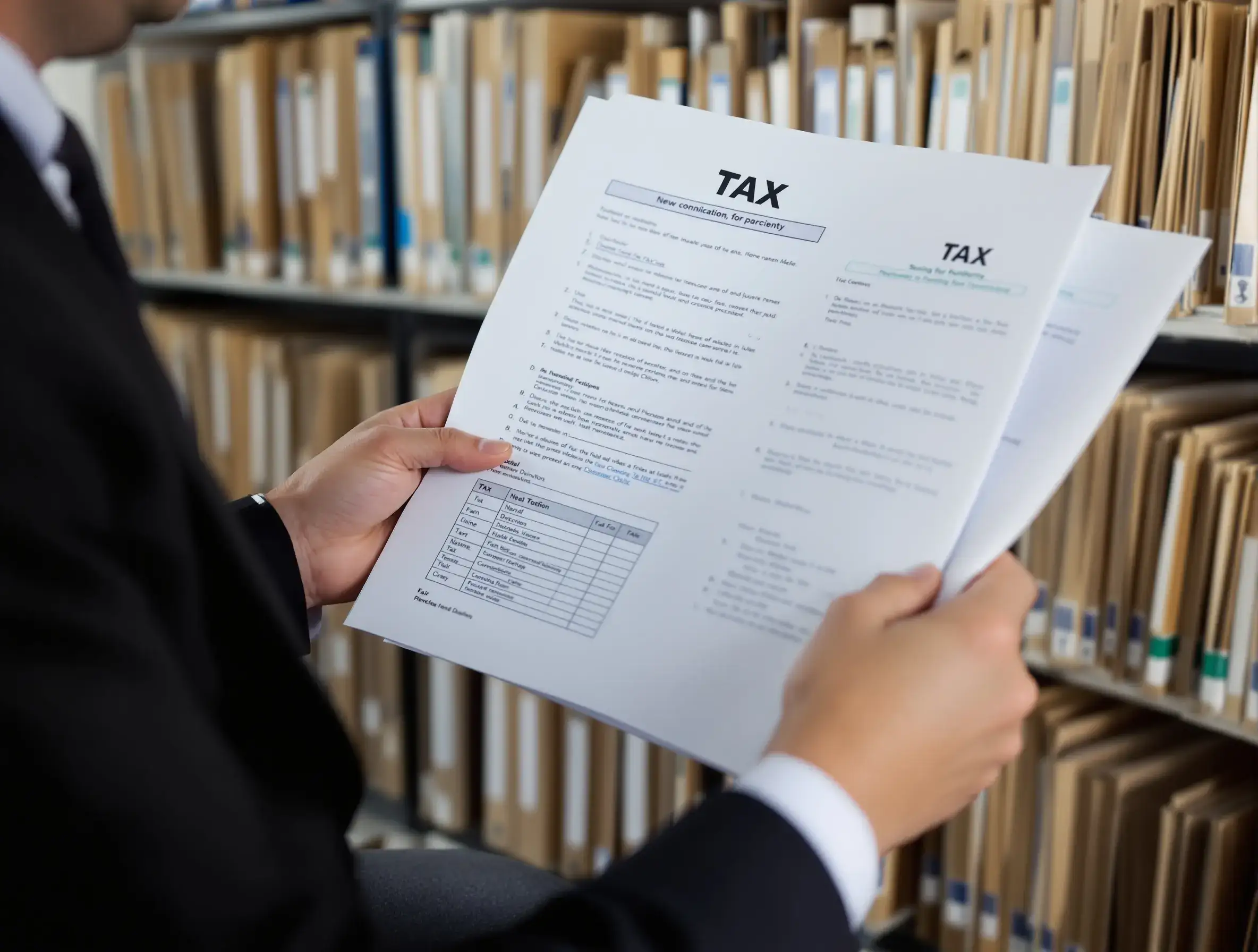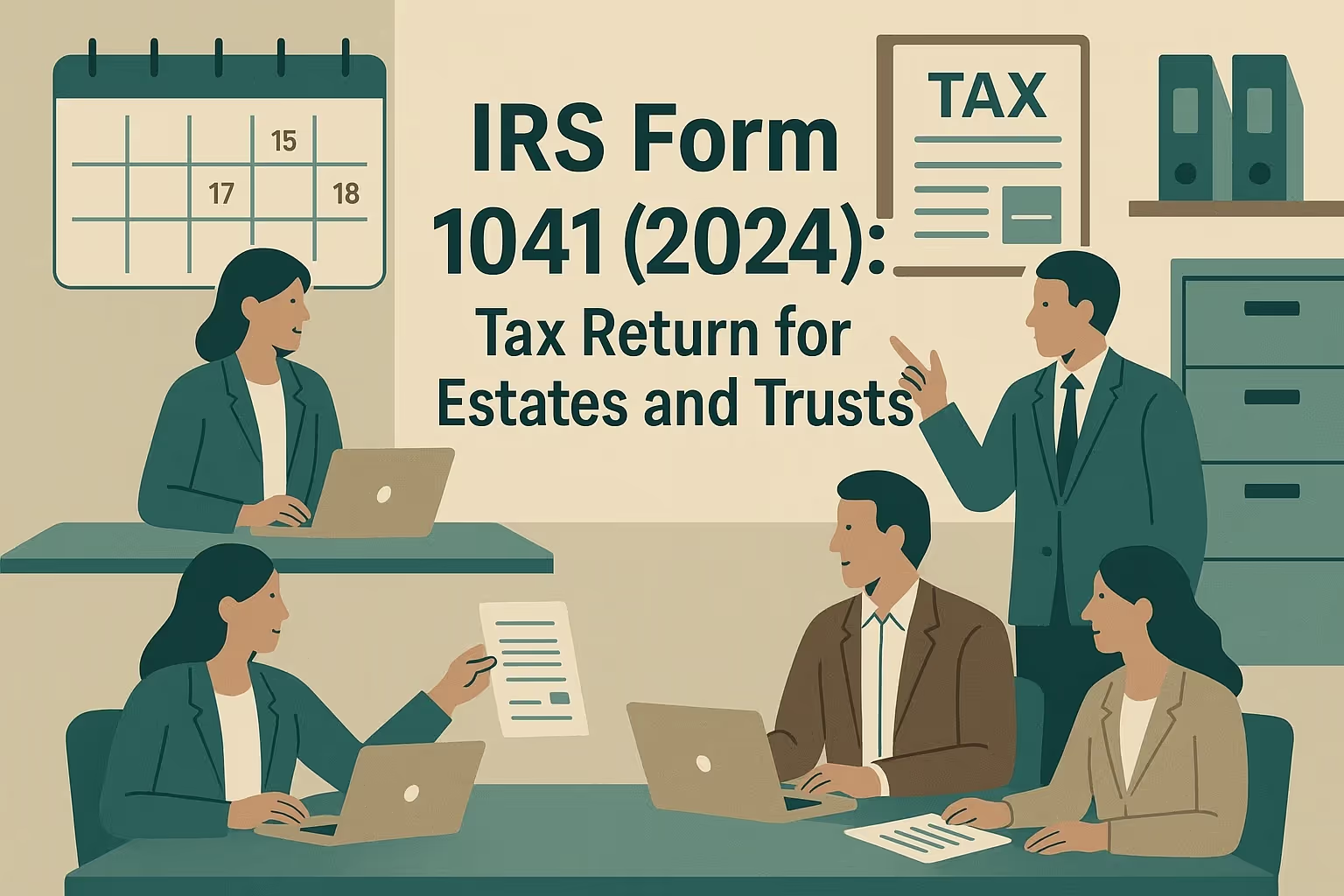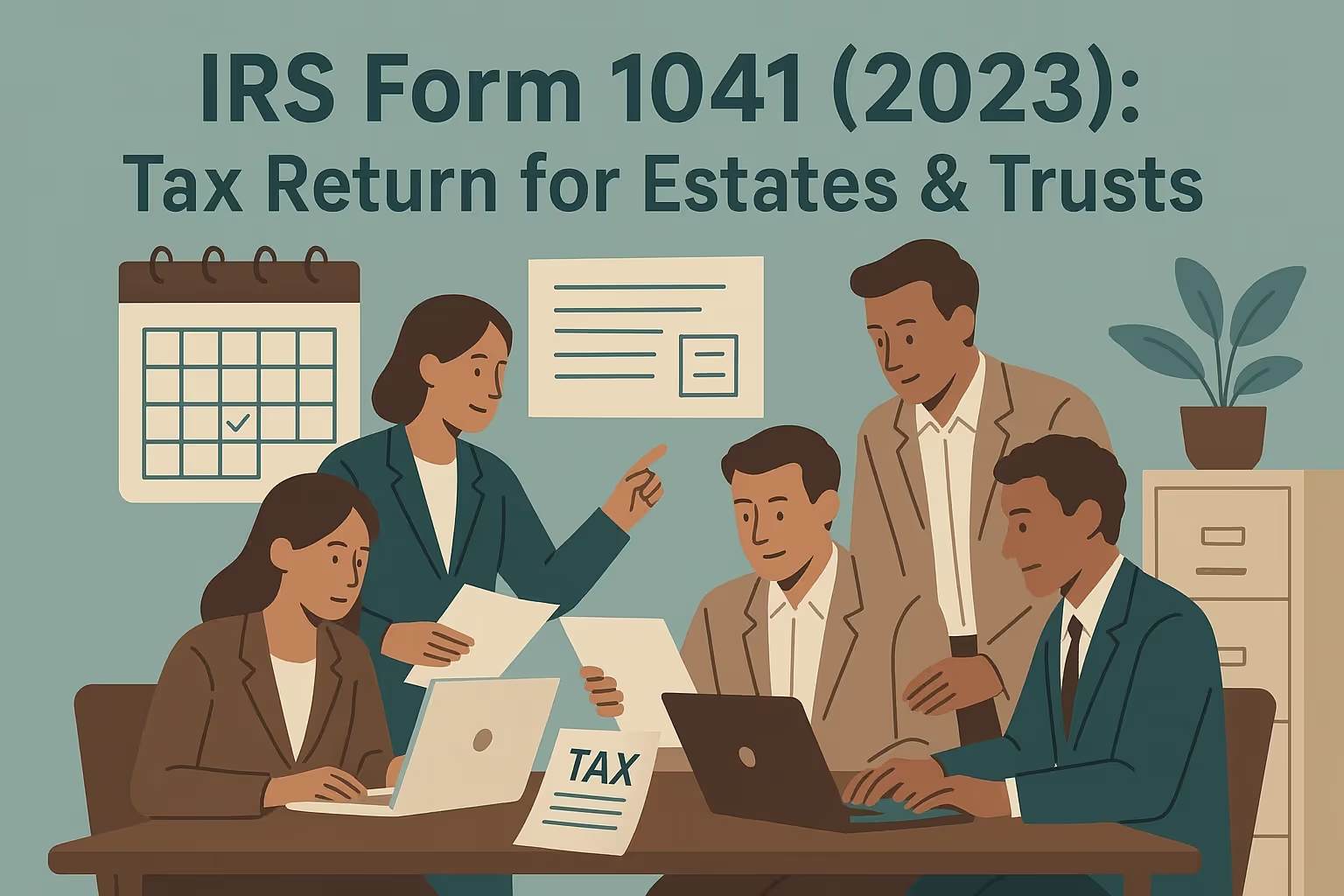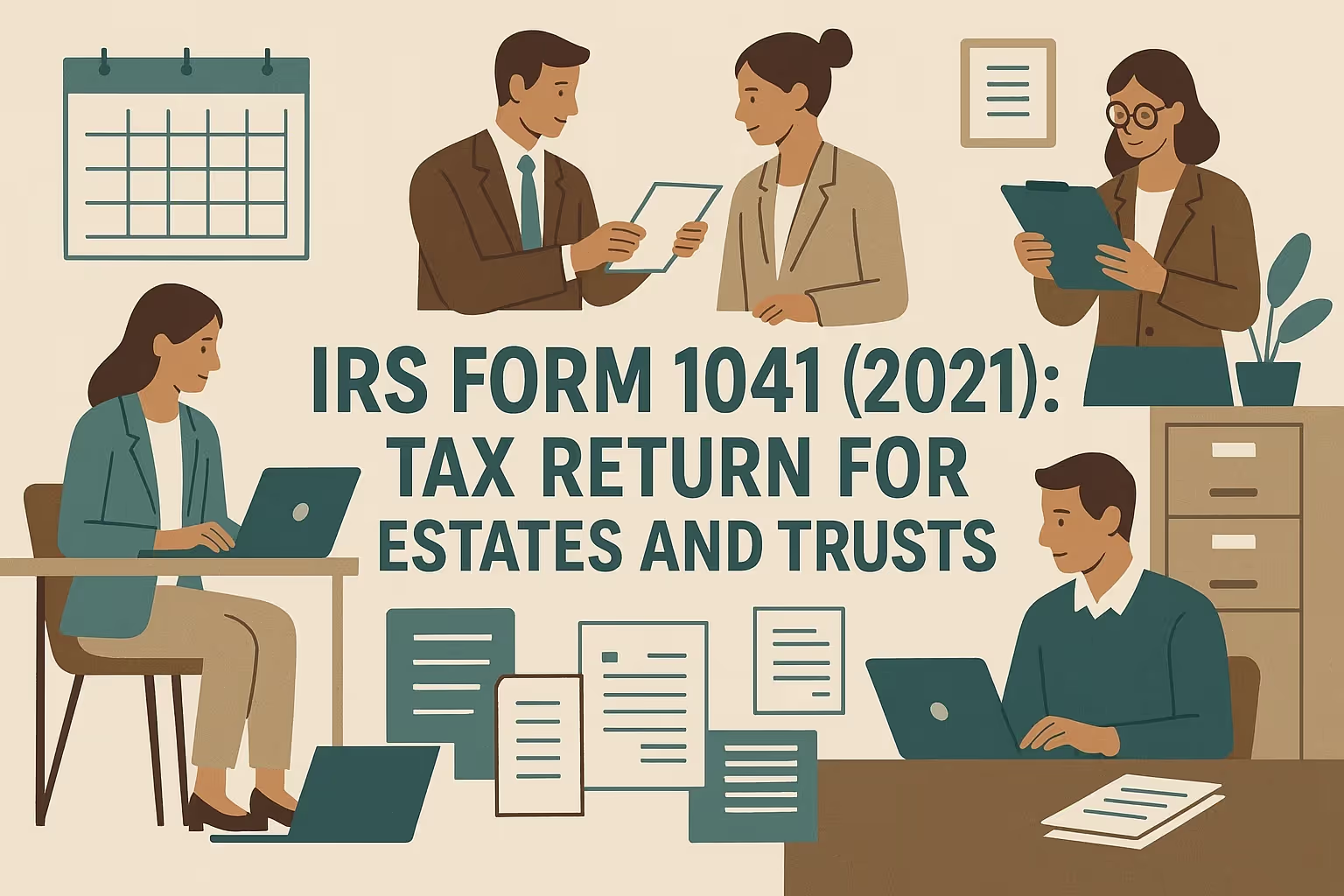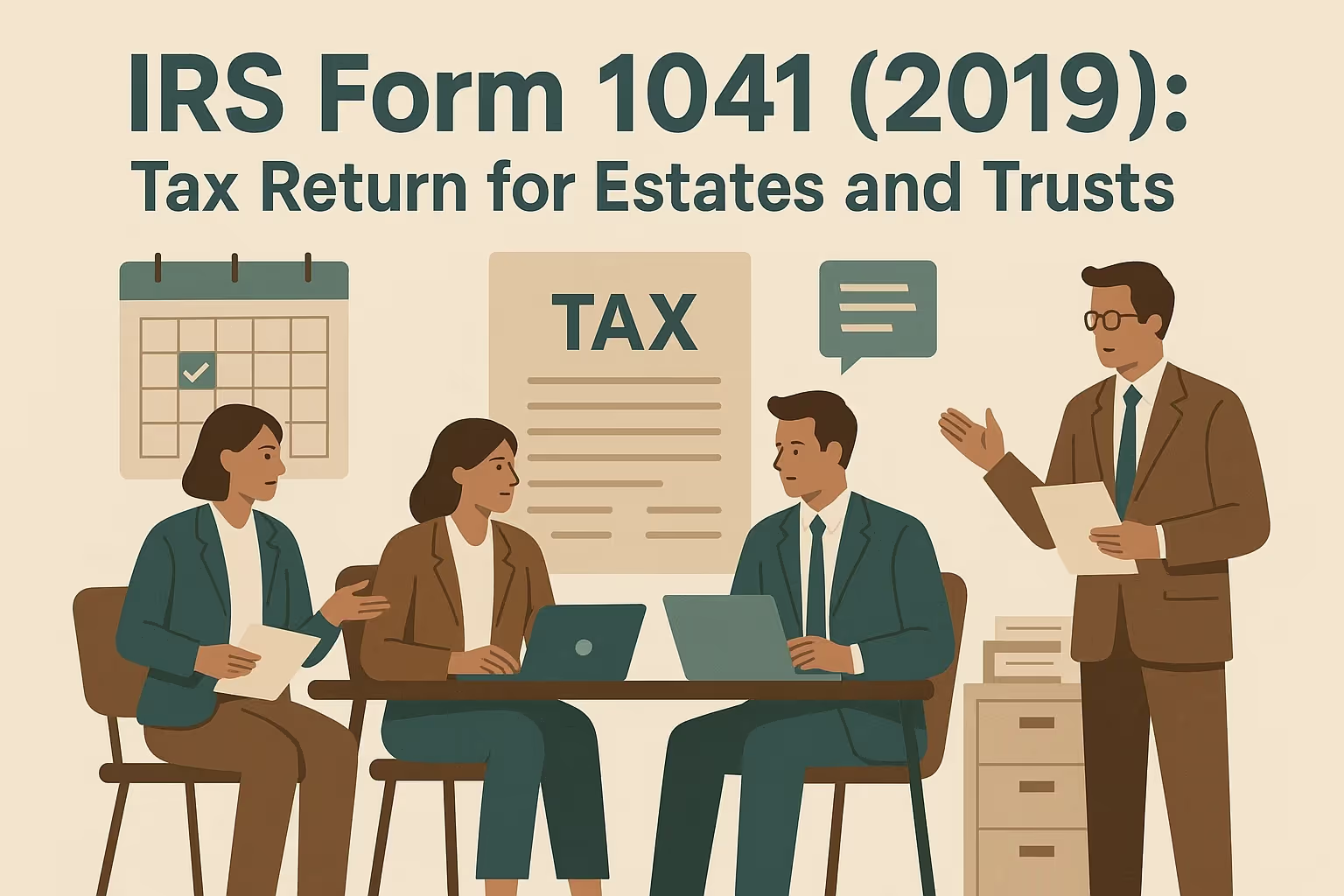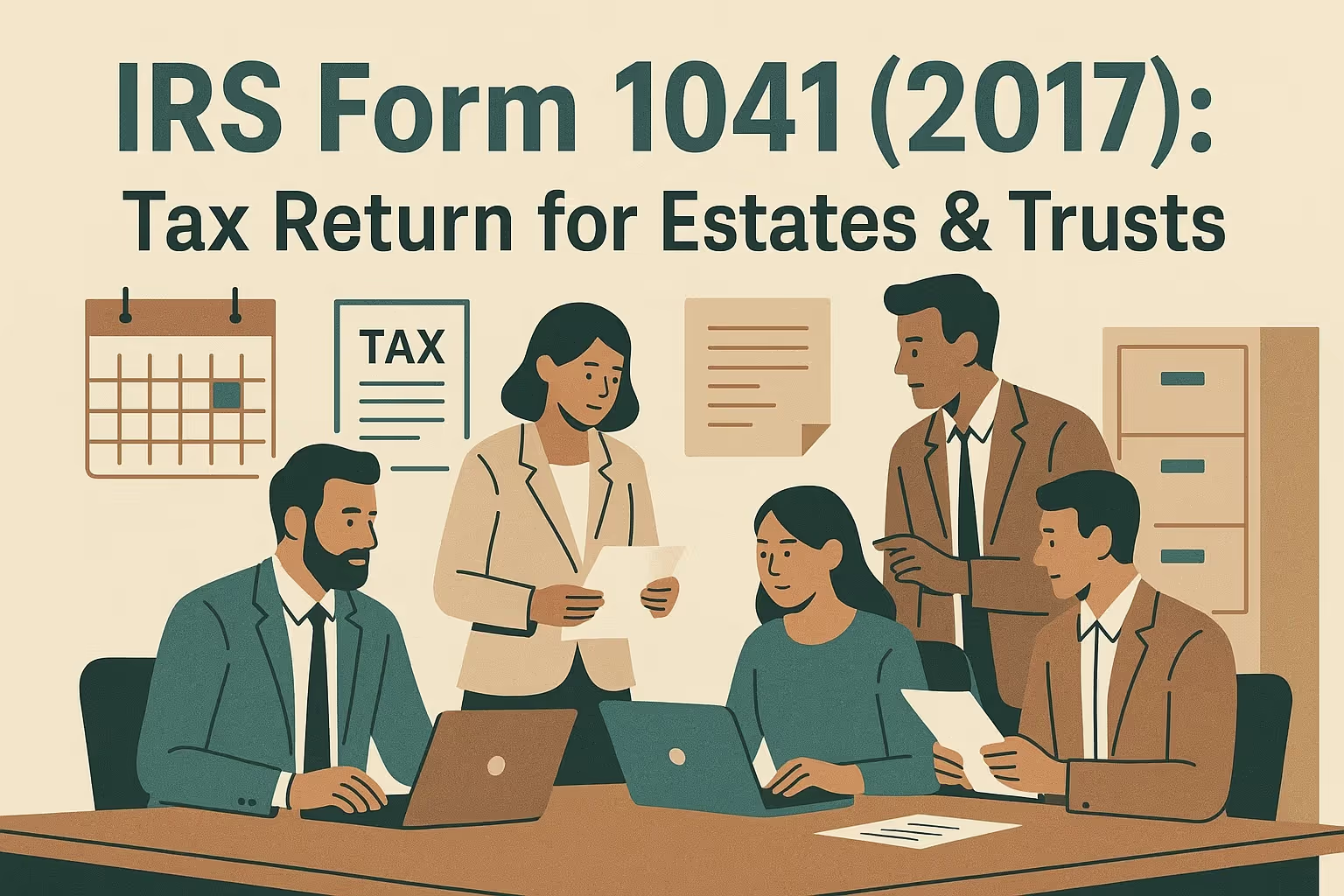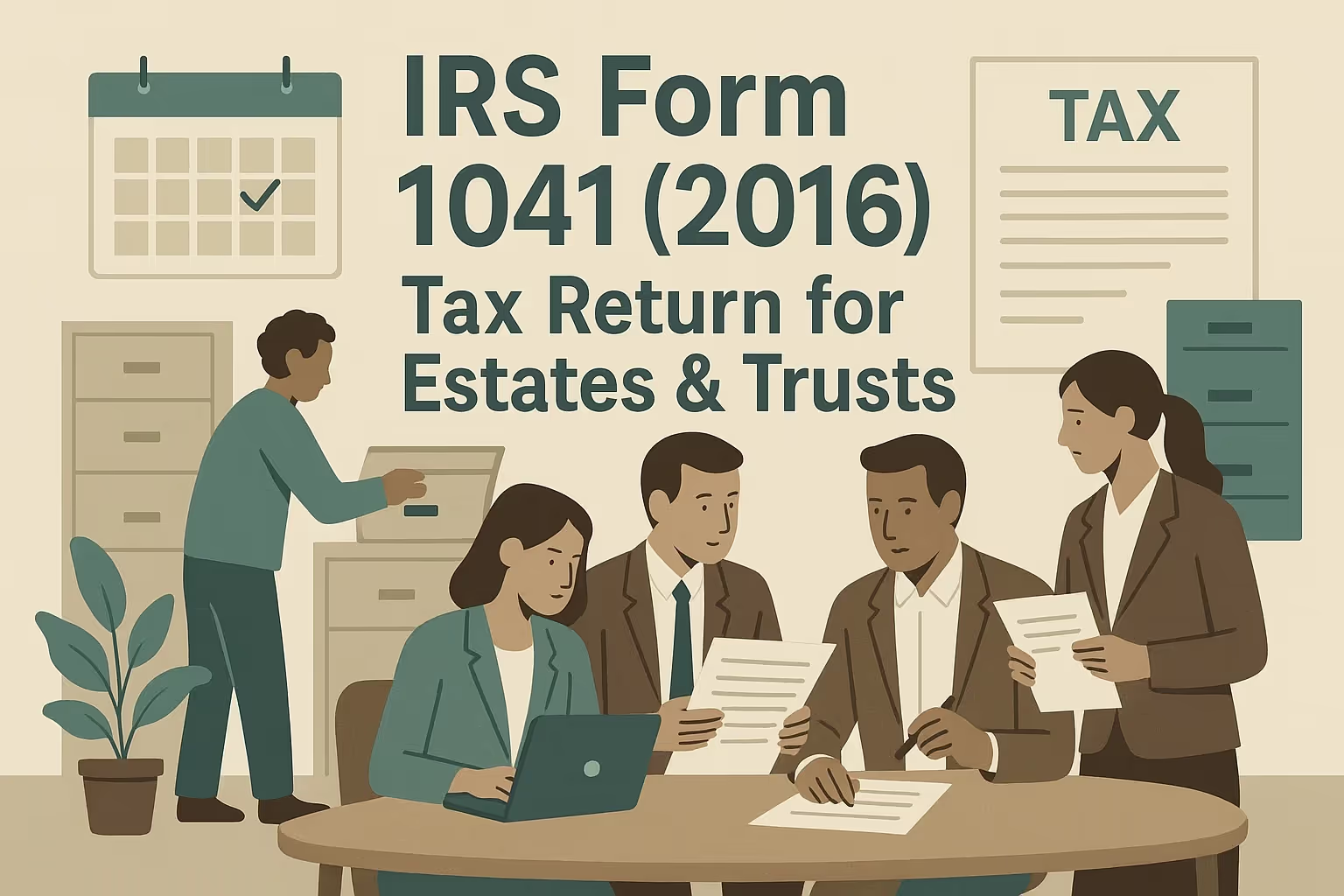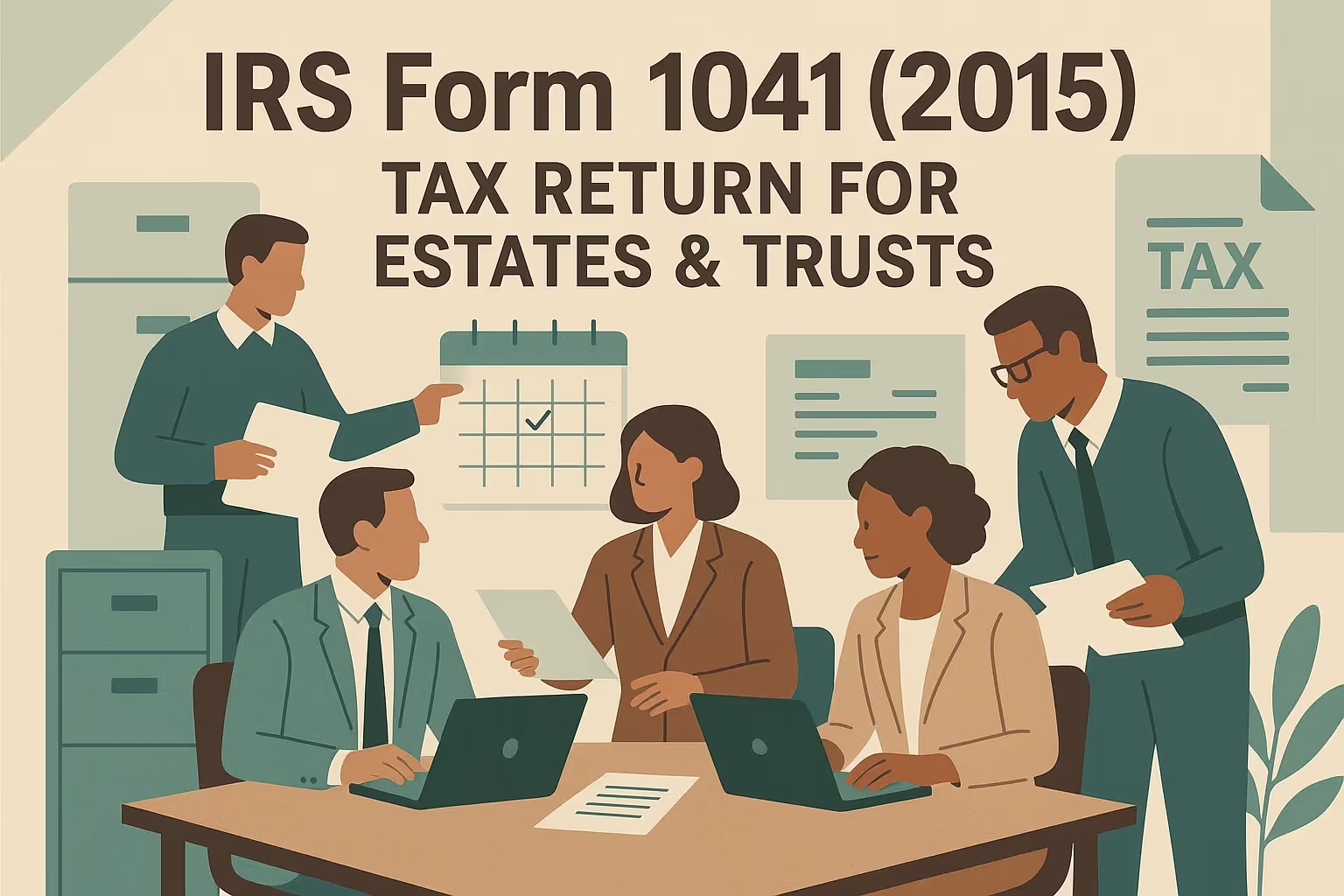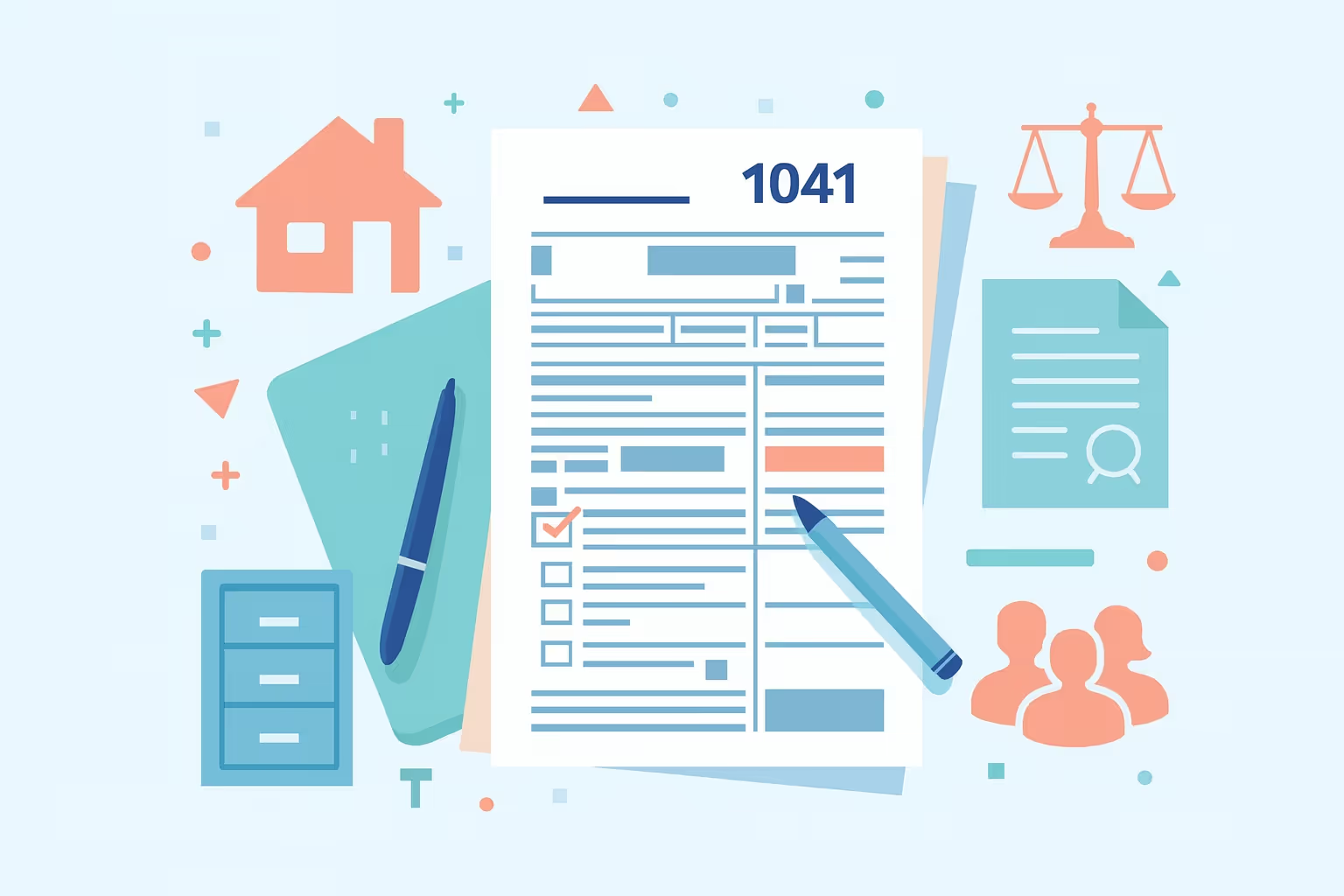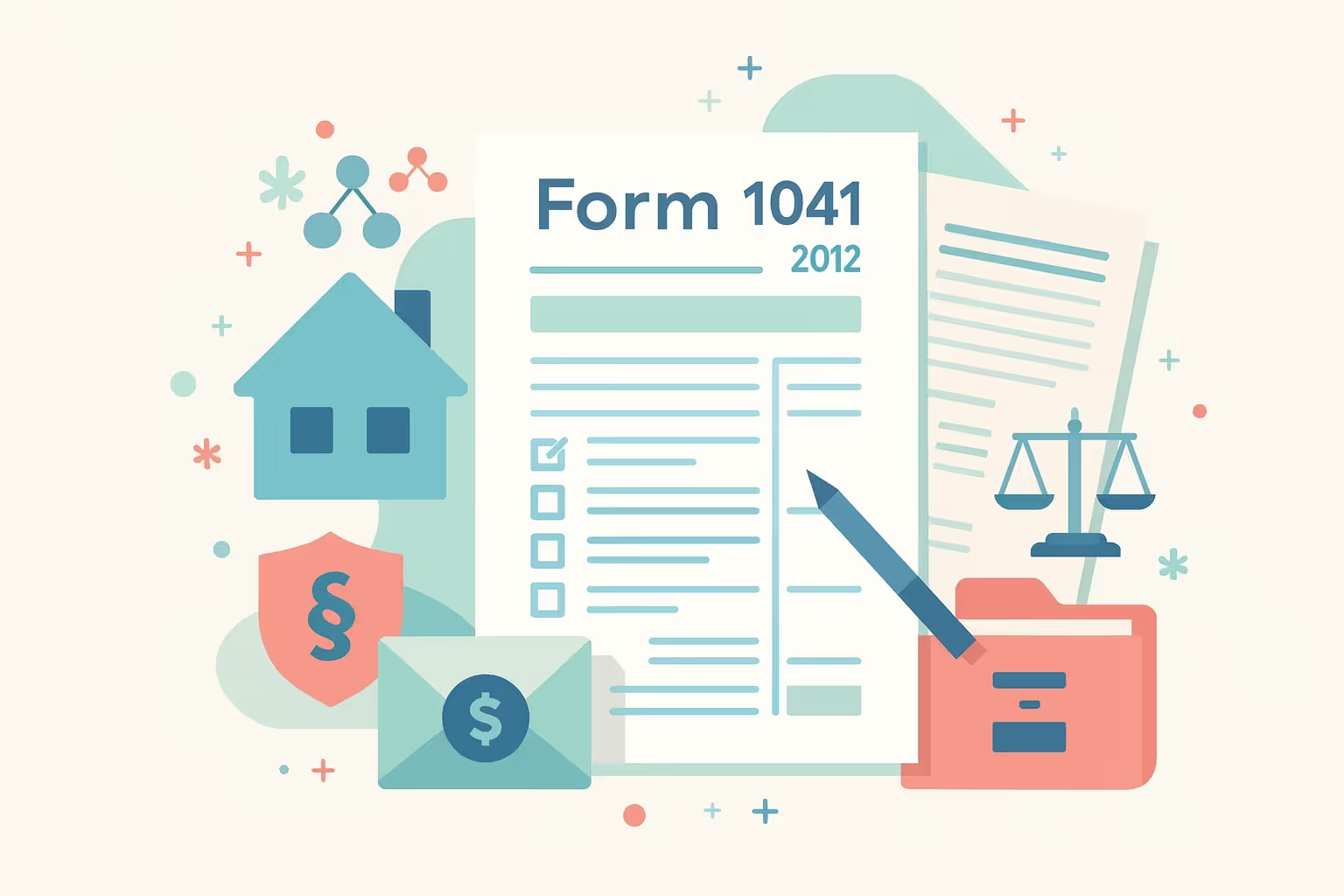IRS Form 1041 (2022): Tax Return for Estates and Trusts

What IRS Form 1041 (2022) Is For
IRS Form 1041 (2022) is the federal income tax return used by fiduciaries to report income, deductions, gains, losses, and credits for an estate or trust. This fiduciary income tax return determines taxable income and applies to both resident and nonresident trusts for the tax year 2022. It ensures compliance with federal income tax law by providing the IRS with accurate records of income, withholding, and payments.
A fiduciary must file this form if an estate has gross income of $600 or more, if a trust has taxable income, or if any beneficiary is a nonresident trust or nonresident alien. Resident trusts and estates that receive income subject to federal income tax are also required to file tax returns. Always follow the IRS instructions for Form 1041 and include all the necessary schedules, documents, and applicable attachments.
When You’d Use Form 1041 for 2022 (Late or Amended Filing)
You would submit a late or amended return if you received an IRS notice, discovered unreported income, or needed to correct an original return. The income tax return for the 2022 tax year was due on April 18, 2023, for calendar filers, while fiscal-year estates and trusts had deadlines based on their election year. Even if no tax is due, filing may still be required to issue Schedule K-1 forms to beneficiaries.
If you are unable to file on time, request an extension to avoid penalties. Refunds can be claimed within three years of the original return due date or two years from when the tax was paid. Paper filers should mail returns with a check or money order, while those who e-file can submit electronically on IRS.gov—verifying security through the locked padlock icon.
For more resources on filing or understanding prior-year IRS forms, visit our guide on Form 1041 – Income Tax Return for Estates & Trusts.
Key Rules Specific to Tax Year 2022
The following apply to estates and trusts filing a federal income tax return for 2022:
- Capital Gains Threshold: A 20% tax rate applied to taxable income above $13,700 for estates and trusts.
- Middle Brackets: A 0% capital gains rate applied to income up to $2,800, and a 15% rate applied to income between $2,800 and $13,700.
- Bankruptcy Estate Filing: Estates with gross income of $12,950 or more were required to file a federal income tax return.
- Qualified Disability Trust: Eligible trusts could claim an exemption of up to $4,400 for the 2022 tax year.
- Expired Deduction: The mortgage insurance premium deduction was no longer available after December 31, 2021.
Learn more about federal tax filing through our IRS Form Help Center.
Step-by-Step (High Level)
- Gather Documents: Obtain IRS transcripts, wages paid, and other income records for the current year.
- Complete the Correct Form: Use the 2022 Form 1041 and instructions available at IRS.gov.
- Attach Required Schedules: Include Schedule K-1, Schedule B, and any applicable schedules or documents.
- Mail or E-File: File by mail with payment or e-file electronically using an approved provider.
- Keep Copies: Retain a copy of the return, schedules, and supporting documents for a minimum of three years.
If changes occur, such as amended deductions or credits, amend your state return as required by law.
Common Mistakes and How to Avoid Them
- Missing EIN: Always use the estate’s or trust’s Employer Identification Number, not the decedent’s SSN.
- Incorrect Accounting Period: Estates may elect fiscal years, but most trusts are required to use calendar years.
- Failure to Issue K-1s: Beneficiaries must receive their K-1s by the due date.
- Misreporting Income: Distributions shown on K-1s are taxable to beneficiaries, not the trust.
- Incomplete Final Return: Mark “Final Return” if the entity ends and apply deductions or losses to beneficiaries.
- Wrong Entity Type: Indicate whether you are filing for a partnership, corporation, resident trust, or nonresident trust.
Learn more about how to avoid business tax problems in our guide on How to File and Avoid Penalties.
What Happens After You File
The IRS typically processes paper returns within six to eight weeks and e-filed ones within two to three weeks. If tax is due, you may pay by check, money order, or electronic payment. If you decide to establish an installment agreement, use Form 9465.
The IRS generally has three years to audit or review a return under federal income tax law. You may appeal any determination by submitting a written protest within the applicable deadline. Keep copies of all forms, schedules, and correspondence for future reference.
FAQs
Can I still file a 2022 Form 1041 if it’s late?
Yes, you can still file a late income tax return for Form 1041 (2022). Penalties and interest apply from the original return due date until the tax is paid in full.
What penalties apply for late filing?
The failure-to-file penalty is 5% of the unpaid tax per month, up to a maximum of 25% of the unpaid tax. If no taxable income is due, penalties may be minor, but interest continues to accrue.
Do I need transcripts before filing?
While not required, obtaining IRS account transcripts helps verify wages, credits, and earlier filings. You can request them online, by mail, or by calling 800-908-9946.
Can I still get a refund for 2022?
Yes, you may claim a refund for tax year 2022 if you file by April 18, 2026. Refunds depend on when the tax was paid and are subject to federal timing rules.
Should I amend state returns?
Yes, when you amend a federal income tax return, many states require that you submit a matching amended return. Always check your state requirements and apply changes consistently.
What if the estate or trust has distributed everything?
If all assets were distributed, file a final return and issue final Schedule K-1s to beneficiaries. This ensures accurate reporting of income, deductions, and credits.
Can I e-file a 2022 tax return that was filed late?
Yes, some IRS-authorized providers have still accepted e-file submissions for prior years. Visit IRS.gov to view current options. Paper returns can also be printed, signed, and mailed to the address listed in the 2022 instructions.
For more resources on filing or understanding prior-year IRS forms, visit our Forms Hub.






